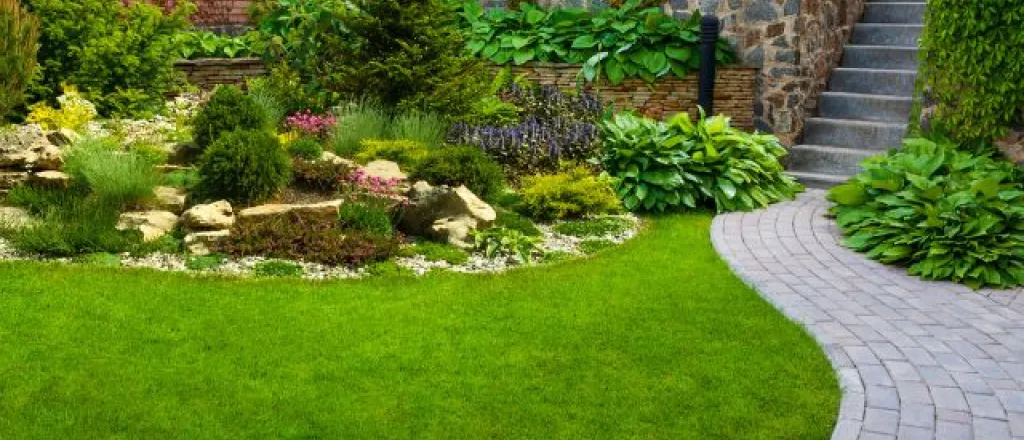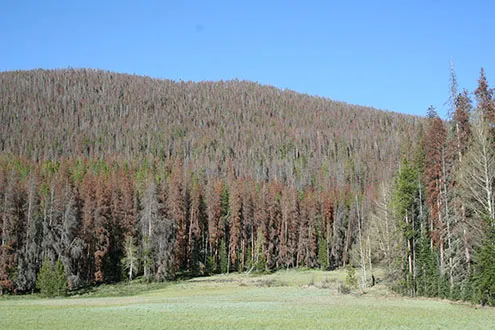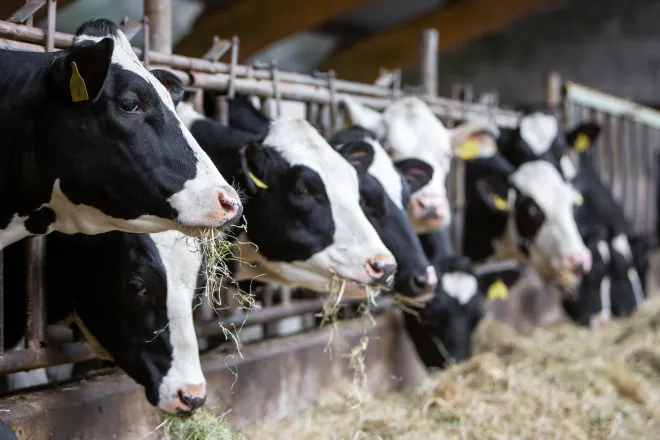
How to design flower beds for your garden
©
Beautiful flower beds can transform any backyard into a vibrant and appealing oasis—it even expands a landscaper’s portfolio with its detailed designs. Yet, understanding how to design flower beds for your garden is essential, especially when considering the climate and conditions specific to rural Colorado. Here’s a detailed guide to help you get started.
Choosing the right plants
Colorado’s climate can be challenging, but many plants thrive in this region. You just need to find the right ones. Integrating native plants such as Rocky Mountain columbine, blanket flower, and blue flax can ensure your garden flourishes. Perennials, such as lavender and Russian sage, provide year-round beauty, while annuals such as marigolds and zinnias add seasonal color. Mixing these plants will give your garden both structure and continuous bloom.
Planning your layout
Creating visually appealing flower beds begins with a well-thought-out layout. Start by sketching your garden and deciding where each plant will go. Consider each plant’s height, color, and blooming periods to ensure a harmonious look throughout the seasons. Place taller plants, such as sunflowers, at the back and shorter ones, such as petunias, at the front to create depth and layers.
Soil preparation
A successful garden starts with providing each bed with healthy soil. Colorado soil tends to be clay-heavy, so amending it with organic matter such as compost can improve drainage and nutrient content. Adding mulch helps retain moisture and suppresses weeds, keeping your flower beds tidy.
Installing garden structures
Enhancing your garden with trellises, borders, and pathways can add function and beauty. Understanding how specific tools work when installing garden structures is crucial. For example, getting a brief overview of how cap fasteners work is beneficial as you’ll need them to secure matting and other materials so they remain durable. For instance, using cap fasteners to secure landscape fabric can prevent weeds from infiltrating your flower beds.
Watering and maintenance
Proper watering is vital, especially given Colorado’s semi-arid climate. Drip irrigation systems help deliver water right to the roots to help minimize evaporation. Performing regular maintenance, such as deadheading spent blooms and trimming overgrown plants, enhances the flower bed’s health and appearance. Mulching annually can also help preserve soil moisture and maintain a tidy appearance.
Adding finishing touches
The last thing to know as you learn how to design flower beds for your garden involves adding finishing touches that reflect your style. Incorporate decorative elements such as garden statues, solar lights, or colorful stones to enhance the visual appeal. These touches personalize your space and create focal points that draw the eye.
You can create flower beds that are beautiful and well-suited to rural Colorado’s unique climate by following these steps. With careful planning, the right plant choices, and proper installation techniques, your garden will thrive and become a source of pride and enjoyment.
















